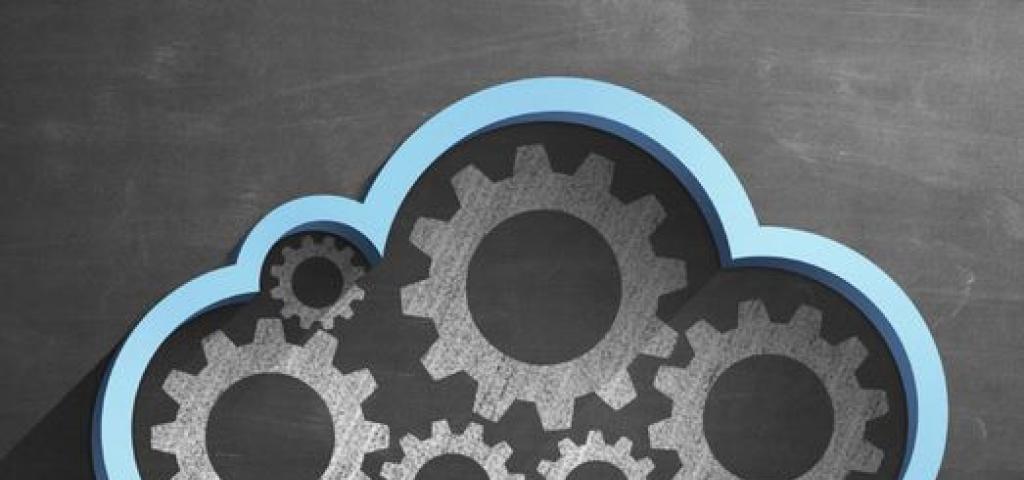
Defining How to Develop Systems for IoT

How many times have you recalled a specific situation in your life and imagined what might have happened if it had played out differently than it actually had? What would have happened if you had introduced yourself to that one person? What if you took the other job offer you had? What if you could have experimented with these “what if” scenarios to see how they played out before they happened? If you were able to put yourself into the actual environment and were able to try different things, take different risks, even interact and exchange with other people (maybe even with other things) and know that you would be able to come back intact and unharmed at the end of it, how powerful would that be? Taking it a step further, once you found the outcome you liked best, you could make the decision to move forward? Wouldn’t that be amazing? Think of it as Avatar meets Groundhog Day!
How many of us have dreamed of access to an augmented reality where we could control time, change how things happen, and experiment without the constraints of real world physics? The movement towards cloud technology is changing the level of abstraction we are operating in and IoT is completely transforming our environment; socially, technically and how we conduct business. Still, when it comes down to developing, integrating, testing and deploying electronics systems, we are often still challenged and frustrated by the scarcity of hardware to run on, inadequate tools for debugging and lack of automated tasks to produce seamless paths to collaborate cross our enterprise boundaries.
Voila…
Let me introduce Wind River Helix™ Lab Cloud
Imagine having your own virtual lab. We are hosting heterogeneous virtual systems where you can access, share and run software. You can experiment, develop, test, integrate and deploy virtual systems. It is cloud based, so no installation required. It scales efficiently and it’s accessible from any device and from anywhere. It is user friendly, both in terms of the user experience and cost… based on a freemium model, anyone can have access to the basic service for free, so you can decide for yourself, at your own pace, what is worth paying for down the road. As an analogy of what Lab Cloud could do for software development, consider file sharing technologies such as Dropbox. Those types of offerings changed our behavior from sending files, to directly sharing and accessing files instead. Similarly, with Lab Cloud, you can enter a virtual workspace where you develop and run software on virtual target systems, and it can be shared with others who can also enter that virtual workspace. Or, to take another example – think about services like Spotify® and how it’s changed the way we consume music. Now, we stream an endless pool of music instead of listening to a local file that we first had to acquire, which meant we had a pretty limited offering. With Lab Cloud you can consume unlimited numbers of virtual boards, instead of having to acquire, set up, manage, and maintain local, physical boards.
Now, Helix Lab Cloud won’t make it possible to teleport yourself to a virtual world…we need more time for that 🙂 However, it can transport you to a virtual lab, and we are so excited about it that we want to give folks access to an early preview. To find out how to create a free account, please visit this page. We are operating in an agile and continuous fashion, so new features and assets will be available frequently. I’m sure you will be pleasantly surprised with the new services we’ll offer over time to our Lab Cloud users. Keep visiting Lab Cloud to see new capabilities as they become available.
Since our inception, Wind River has constantly changed how engineers, managers and companies think about their business. With Helix Lab Cloud, we believe that we are defining the future of system development in an IoT centric world!

